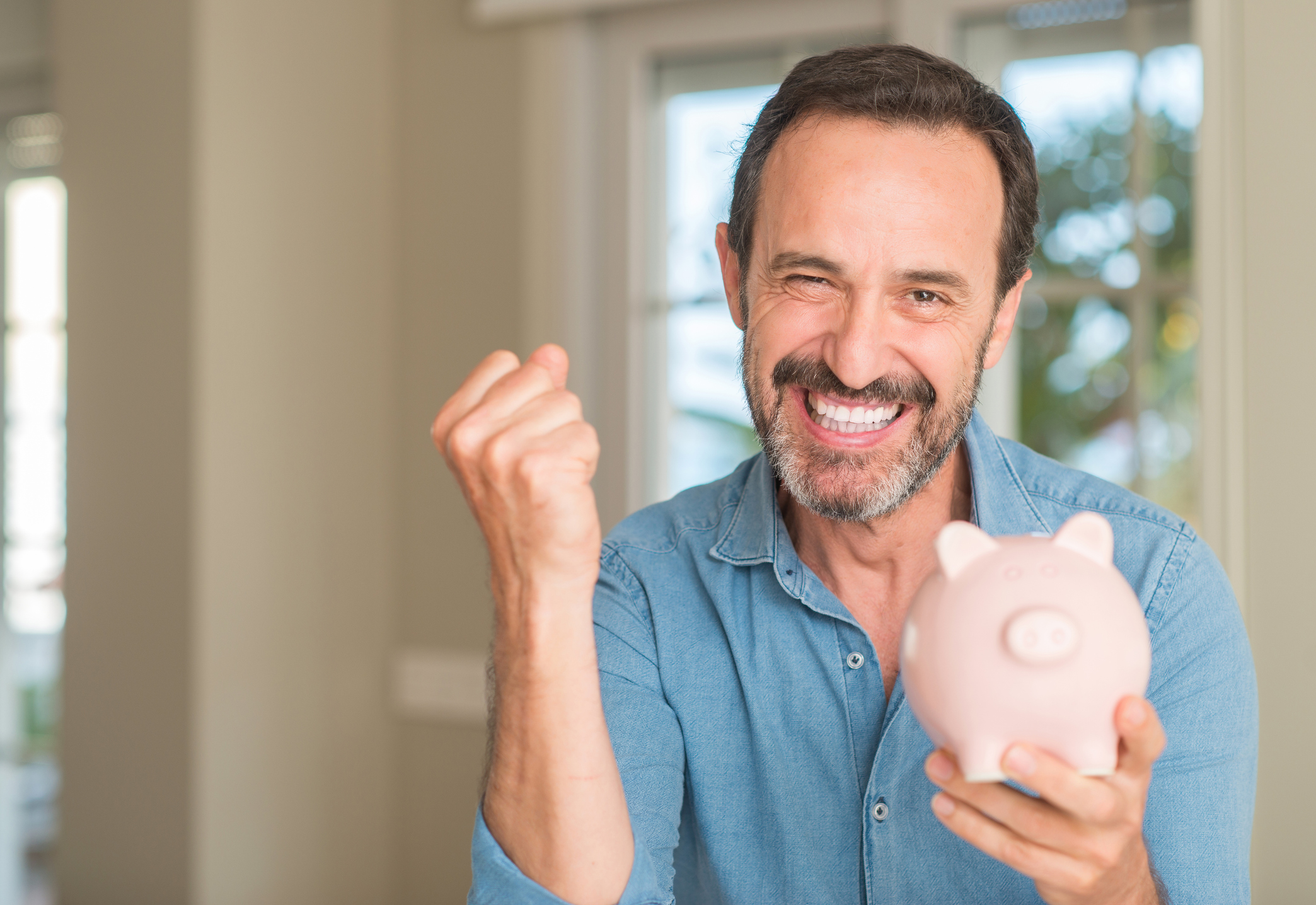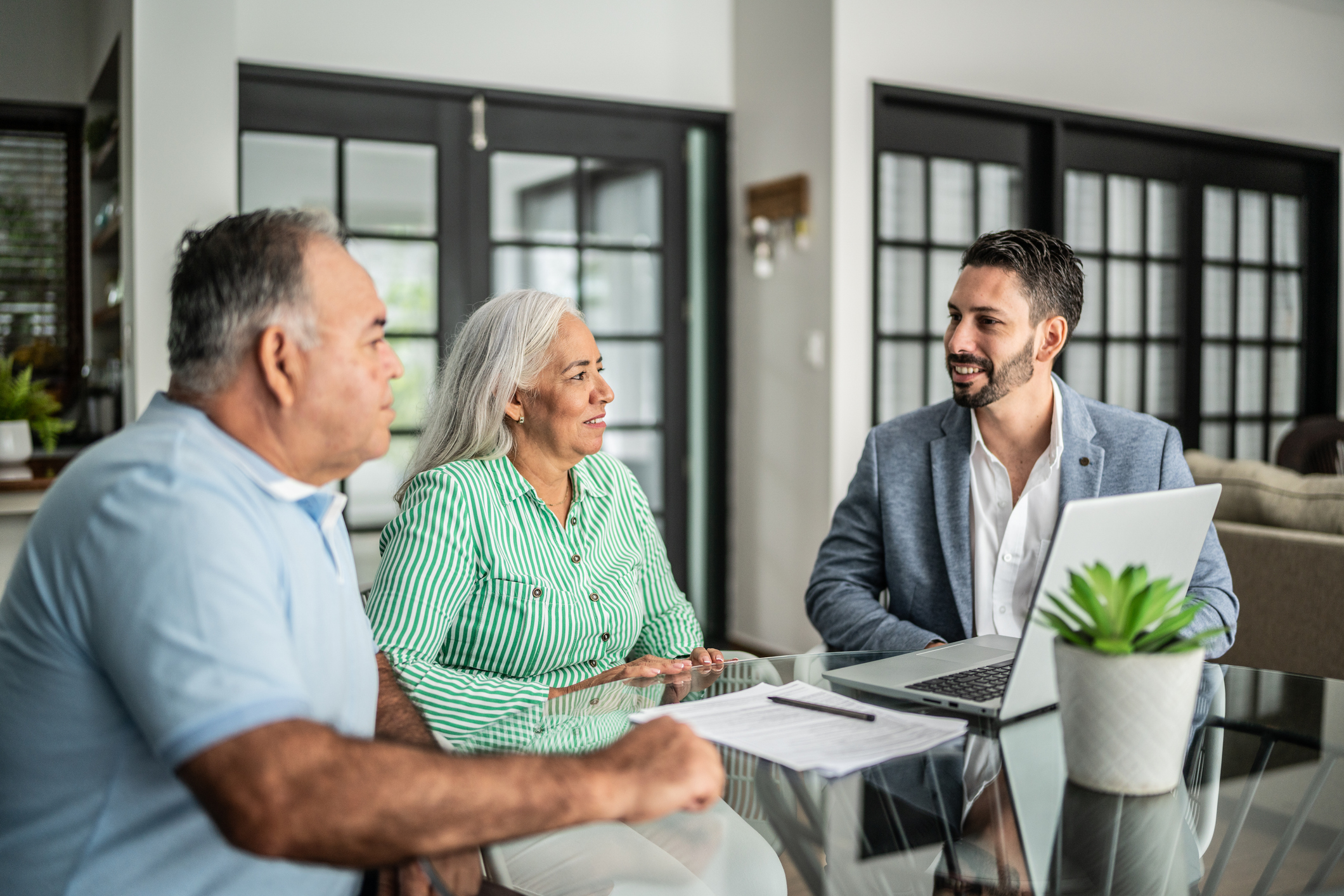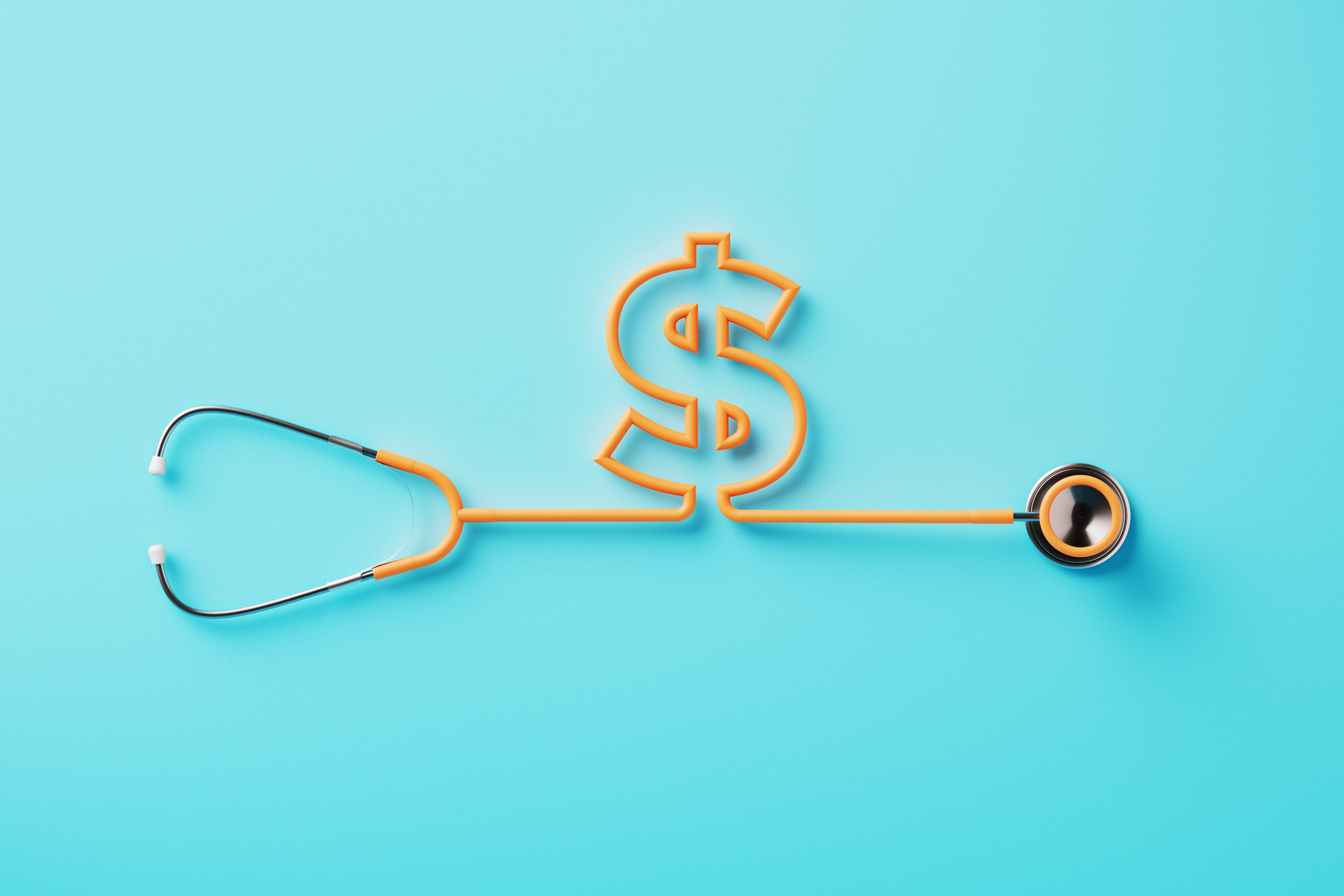Two Errors to Avoid
Don't make these mistakes and pay more taxes than necessary.

Editor's note: This is the transcript of Kiplinger Editorial Director Kevin McCormally's commentary on the April 12 broadcast of Nightly Business Report.
I want to warn you about a couple of costly mistakes to avoid as you rush to finish up your 2006 return.
The first one has to do with a relatively new tax form that more and taxpayers are receiving: the 1099-Q. Now, you know that most 1099s alert you -- and the IRS -- to taxable income you're supposed to report on your return. The 1099-DIV reports taxable dividends; the1099-B, the proceeds of stock sales; and the 1099-Miscellaneous shows freelance or consulting income. So, the 1099-Q must mean more income to report, right?
From just $107.88 $24.99 for Kiplinger Personal Finance
Become a smarter, better informed investor. Subscribe from just $107.88 $24.99, plus get up to 4 Special Issues

Sign up for Kiplinger’s Free Newsletters
Profit and prosper with the best of expert advice on investing, taxes, retirement, personal finance and more - straight to your e-mail.
Profit and prosper with the best of expert advice - straight to your e-mail.
Not so fast. Actually, the 1099-Q reports distributions from a state college saving plan or Coverdell education savings account. And, odds are very, very good that the payout is completely tax free. It is if the money was used to pay tuition or other qualifying college costs. Tax is due only if you used the money for other purposes, and then only the earnings are taxable. And even some of the earnings may be tax free. Read the instructions carefully before you pay tax on any part of a 1099-Q distribution.
The second potential mistake threatens parents who paid more than $5,000 in work-related child care costs during 2006. The law offers two ways to help with such costs -- flexible spending plans that let you pay the bills with pretax money, or a child care credit that refunds 20% to 35% of qualifying costs. The potential trap is that while there's a $5,000 limit on a flex plan, you can claim the credit against up to $6,000 of child care costs.
So, even if you ran the max through a flex plan at work, you might deserve the credit on up to $1,000 of additional spending. And that would save you an extra 200 bucks.
See Kevin's previous tip.
Profit and prosper with the best of Kiplinger's advice on investing, taxes, retirement, personal finance and much more. Delivered daily. Enter your email in the box and click Sign Me Up.

-
 CD Maturing Soon? Here's What to Do Next
CD Maturing Soon? Here's What to Do NextThese strategies of what to do when you have a CD maturing soon will have you maximizing returns even with rate cuts.
-
 How to Make 2026 Your Best Year Yet for Retirement Savings
How to Make 2026 Your Best Year Yet for Retirement SavingsMake 2026 the year you stop coasting and start supercharging your retirement savings.
-
 You Saved for Retirement: 4 Pressing FAQs Now
You Saved for Retirement: 4 Pressing FAQs NowSaving for retirement is just one step. Now, you have to figure out how to spend and maintain funds. Here are four frequently asked questions at this stage.
-
 Retirees in These 7 States Could Pay Less Property Taxes Next Year
Retirees in These 7 States Could Pay Less Property Taxes Next YearState Taxes Retirement property tax bills could be up to 65% cheaper for some older adults in 2026. Do you qualify?
-
 Estate Tax Quiz: Can You Pass the Test on the 40% Federal Rate?
Estate Tax Quiz: Can You Pass the Test on the 40% Federal Rate?Quiz How well do you know the new 2026 IRS rules for wealth transfer and the specific tax brackets that affect your heirs? Let's find out!
-
 5 Types of Gifts the IRS Won’t Tax: Even If They’re Big
5 Types of Gifts the IRS Won’t Tax: Even If They’re BigGift Tax Several categories of gifts don’t count toward annual gift tax limits. Here's what you need to know.
-
 The 'Scrooge' Strategy: How to Turn Your Old Junk Into a Tax Deduction
The 'Scrooge' Strategy: How to Turn Your Old Junk Into a Tax DeductionTax Deductions We break down the IRS rules for non-cash charitable contributions. Plus, here's a handy checklist before you donate to charity this year.
-
 Tax Refund Alert: House GOP Predicts 'Average' $1,000 Payouts in 2026
Tax Refund Alert: House GOP Predicts 'Average' $1,000 Payouts in 2026Tax Refunds Here's how the IRS tax refund outlook for 2026 is changing and what steps you can take now to prepare.
-
 New IRS Changes to FSA Contribution Limits for 2026: What to Know
New IRS Changes to FSA Contribution Limits for 2026: What to KnowHealth Care Flexible Spending Accounts have tax advantages worth looking into, especially in light of new IRS changes.
-
 Is a New $25,000 Health Care Tax Deduction Coming in 2026?
Is a New $25,000 Health Care Tax Deduction Coming in 2026?Tax Policy A proposal from GOP Sen. Josh Hawley adds to the chatter about health care affordability.
-
 3 Ways High-Income Earners Can Maximize Their Charitable Donations in 2025
3 Ways High-Income Earners Can Maximize Their Charitable Donations in 2025Tax Deductions New charitable giving tax rules will soon lower your deduction for donations to charity — here’s what you should do now.